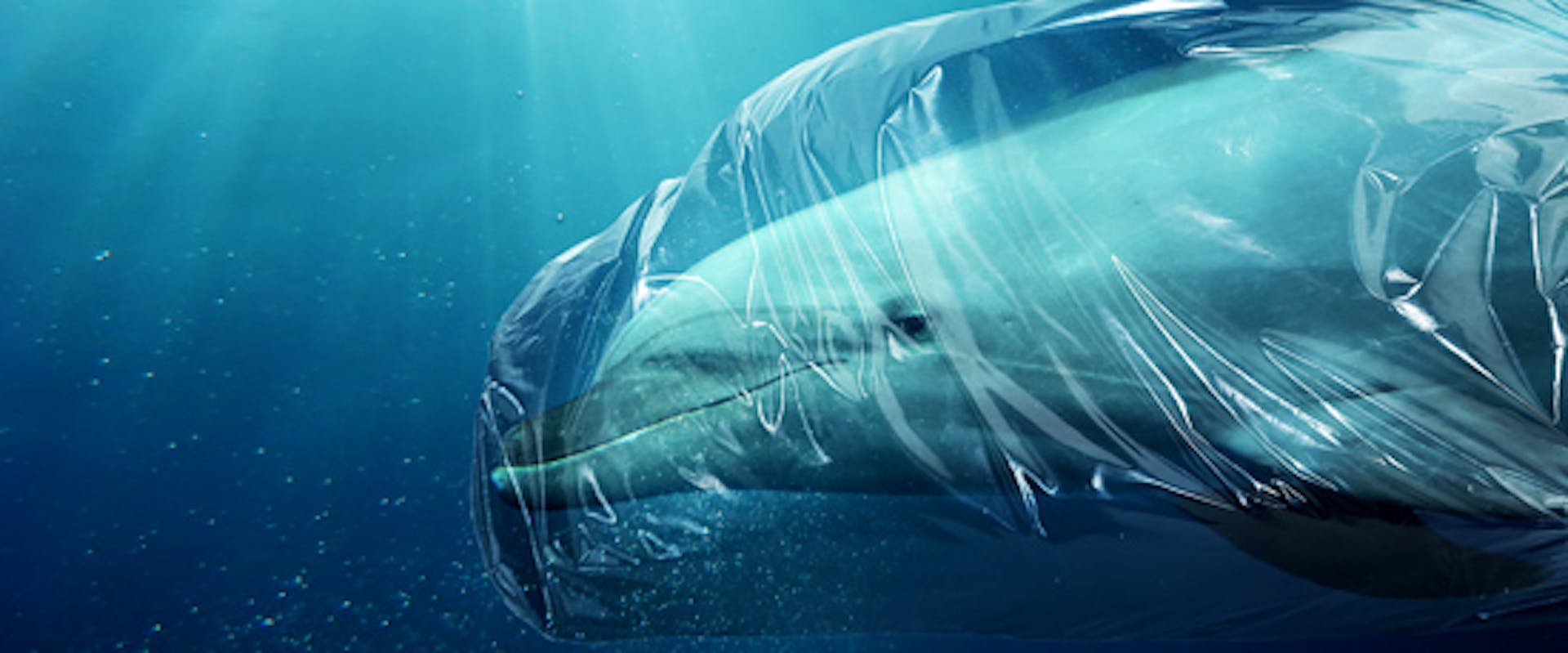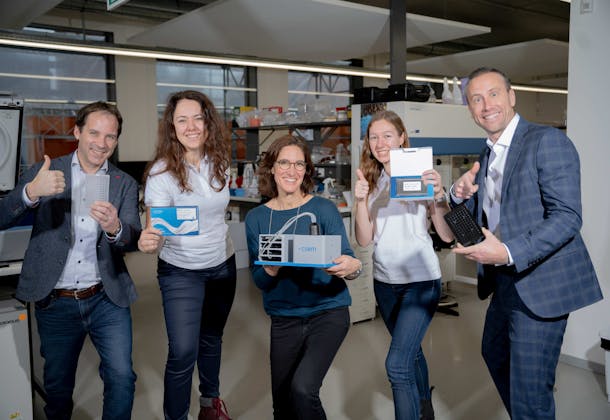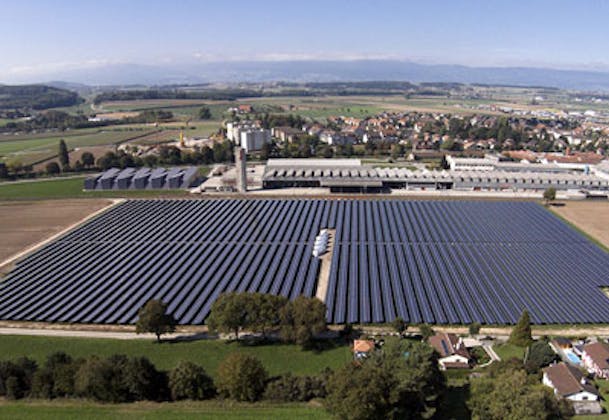Next-generation sensor to measure the amount of microplastics in our oceans
As part of the EU-funded NAUTILOS project, CSEM engineers are developing a sensor that can continuously detect and measure the concentration of microplastics in our seas and oceans. To be installed in a fleet of ships operating off the coast of Norway, the autonomous sensing system should begin its activities in the coming years.

Somewhere between five and 13 million tons of plastic end up in the world’s oceans every year. This estimate covers large and visible fragments of plastic waste, but not only. Ocean ecosystems are also increasingly polluted by the arrival and presence of microplastics. These millimeter or micrometer-sized synthetic polymer particles are swallowed by marine fauna, find their way into the food chain, and damage marine ecosystems worldwide.
According to recent studies, almost two-thirds of this waste results from the degradation of larger objects such as plastic bags and bottles, or fishing nets which are subject to weathering in the ocean. The remaining one-third is produced mostly by the abrasion of tires on roads, or the degradation of synthetic textiles in washing machines. Other minor sources include plastic compounds intentionally added to personal care products.
Marine scientists still know very little about the true distribution of microplastics in our oceans or their wider impact on the environment. Microplastic concentrations can vary considerably from one oceanic region to the next as they are strongly affected by ocean currents. Currently, sampling of microplastics in the ocean is time-consuming and the data gathered offers merely snapshots in time at specific locations.
At CSEM, engineers are working on the EU-funded NAUTILOS project (see box) to develop a novel sensor that works in situ to detect the concentration and the size distribution of microplastics in European waters. Their system is set to sail the seas in 2023, alongside a dozen other measurement instruments integrated into a FerryBox installed on a fleet of Norwegian ships. The sensor will take multiple, autonomous measurements throughout a ship’s journey as it travels back on forth on an established route to map microplastic marine pollution. “The technology needed to acquire systematic data is currently missing and such data is crucial to study long-term effects and trends in microplastic distributions in the ocean,” says Bert van Bavel, Chief Scientist at the Norwegian Institute for Water Research (NIVA).
Thanks to the development of these new technologies, marine scientists intend to overcome the limitations of current equipment for sampling and analysis in the field. The idea is to provide essential new baseline data to better assess the risks and impacts of microplastics on marine environments.
An innovative and affordable microplastic sensor
The CSEM research team, based in the Graubünden, Switzerland, plans to use fluorescence as their detection method – an approach that is robust, cost-effective, and above all, easy to use.
The fluidic system, developed by the partner organization NIVA, will filter particles from the marine water, remove micro-organisms and stain microplastic with a fluorescent dye. At regular intervals, these stained plastic samples will be run through CSEM’s sensor device where the dyed plastic will emit light with a specific color and intensity based on the type of plastic and the size of the particle. “The goal is a detection technology that can reliably detect microplastic particles in the 30–300 µm size range and ideally also distinguish between different types of plastic,” says Stefano Cattaneo, Section Head Optoelectronic Systems at CSEM. “There are many obstacles to overcome in order to realize an autonomous sensor system that can be deployed on a ferry and can operate continuously for weeks with no user intervention.”
The NAUTILOS project kicked off at the end of 2020 and is still in its early stages. The CSEM engineers, for their part, are continuing to improve the design of the microplastic sensor and are gearing up for the next phases in the development.
Sources
The NAUTILOS project has received funding from the European Union’s Horizon 2020 research and innovation program under Grant Agreement No. 101000825.


